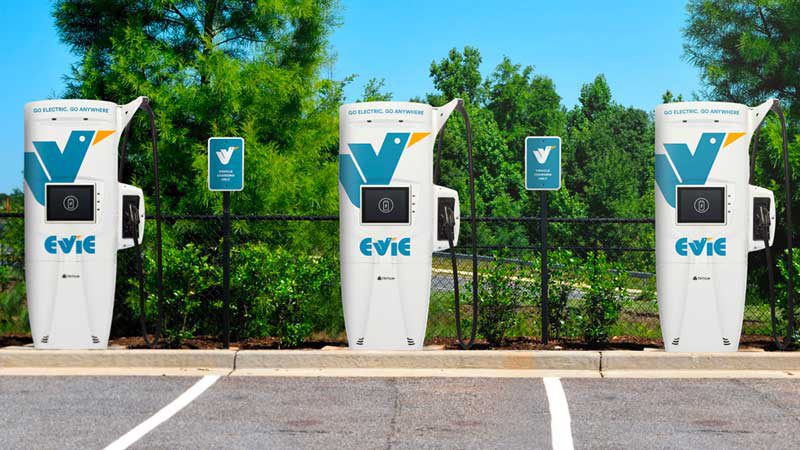An article published on Tuesday in The Australian newspaper claiming that electric vehicles produce more carbon emissions than those fuelled by petrol is just plain wrong, has been met with a swift rebuke from the Electric Vehicle Council.
The report, which was produced by engineering firm ABMARC, claims that on average in Australia’s eastern states, petrol vehicles “provide less CO2 than electric vehicles”, and that “CO2 emissions from electric vehicles in Victoria are particularly high, similar to the average diesel CO2 emissions”.
According to Electric Vehicle Council CEO Behyad Jafari however, the report in incredibly misleading.
“The cherry-picked data from this single report flies in the face of the views of the Australian Department of the Environment and Energy, as well as the overwhelming weight of international research,” Mr Jafari said.
As much as 60% of energy in internal combustion vehicles is lost via heat and vibration, meaning the electric vehicles are much more efficient even when powered off a coal-fired grid.
“Like-for-like, EVs will beat internal combustion engine vehicles when it comes to carbon emissions every single time. This truth holds regardless of where a consumer sources their electricity from,” says Jafari.
Unlike petrol and diesel-powered cars, EVs also have the option to power of solar where available – a choice inherently unavailable for internal combustion engine (ICE) vehicles.
“An EV driver has the option to produce zero emissions through sourcing electricity from renewables, like solar panels or green energy options at home. This is obviously not an option for petrol vehicles,” says Jafari.
As uptake of renewables in the form of rooftop solar, large solar, and wind in Australia continues to press forward, the potential for electric vehicles to become even cleaner on average will continue, while a dearth of fuel emissions standards means that Australia’s ICE fleet continues to be one of the dirtiest in the developing world.
“As Australia’s grid becomes cleaner the emissions produced by all electrical devices will continue to plummet,” says Jafari.
The report also flies in the face of recent funding from the federal government’s own energy funding body ARENA which on Monday announced it would back a further 42 EV charging sites to be rolled out by Evie Networks with $15 million, in addition to a previous funding agreement for Chargefox for 22 sites from Brisbane to Adelaide, as well as Tasmania and Perth.
These sites, which offer DC fast and rapid charging to enable electric vehicle drivers to drive in regional areas and city to city, are powered by renewable energy either by solar or offsets, a fact that has clearly not been taken into account by the ABMARC report.
“The federal government has recently announced two major investments in public fast-charging stations, one worth $15 million, that will be backed by $50 million in private sector investment. These stations will be 100 per cent powered by renewables,” says Jafari.

“The Electric Vehicle Council has not sighted the ABMARC report, but based on today’s reporting and past form it would seem fair to conclude it is based on flawed and dated assumptions,” Jafari added.
“The message to Australian drivers should be simple and clear: if you want to reduce your carbon footprint, selecting an EV is a great way to go about it.”

Bridie Schmidt is associate editor for The Driven, sister site of Renew Economy. She has been writing about electric vehicles since 2018, and has a keen interest in the role that zero-emissions transport has to play in sustainability. She has participated in podcasts such as Download This Show with Marc Fennell and Shirtloads of Science with Karl Kruszelnicki and is co-organiser of the Northern Rivers Electric Vehicle Forum. Bridie also owns a Tesla Model Y and has it available for hire on evee.com.au.

